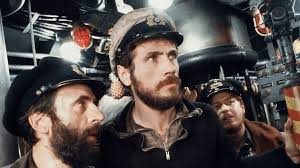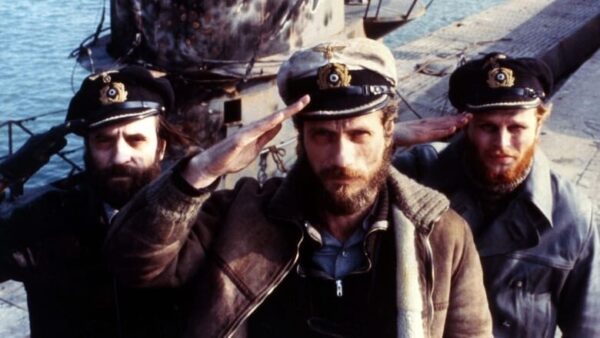The movie “Das Boot” is a German war film directed by Wolfgang Petersen, released in 1981. Set during World War II, the film follows the crew of a German U-boat as they face the harsh realities of life underwater. The title “Das Boot” translates to “The Boat” in English, highlighting the central focus on the claustrophobic and intense environment inside the submarine.

One of the key elements that sets “Das Boot” apart is its realistic portrayal of the challenges and dangers faced by submariners during wartime. The movie captures the tension and anxiety of being hunted by enemy forces, as well as the camaraderie and solidarity that develops among the crew members in the face of adversity.
The character development in “Das Boot” is another aspect that has resonated with audiences over the years. Each crew member is fleshed out with unique personalities, motivations, and fears, adding depth to the narrative. The audience becomes emotionally invested in the characters, experiencing their highs and lows as they navigate the perils of underwater warfare.
The cinematography of “Das Boot” is also noteworthy, with Petersen using innovative techniques to create a sense of realism and immersion. The use of tight spaces, low lighting, and dynamic camera angles effectively conveys the claustrophobia and danger of life onboard a submarine. The audience is made to feel as if they are right there alongside the crew, sharing in their experiences and emotions.

Beyond its technical achievements, “Das Boot” has had a lasting impact on popular culture and the war film genre. It has been praised for its unflinching portrayal of the human cost of war and its exploration of moral ambiguity in combat situations. The movie has been credited with influencing subsequent submarine films and war-themed dramas, setting a high bar for authenticity and emotional depth.
In conclusion, “Das Boot” remains a seminal work in the realm of war cinema, revered for its realism, character development, and immersive storytelling. Its enduring legacy serves as a testament to the power of film to capture the complexities of human existence in times of conflict.





